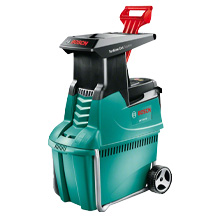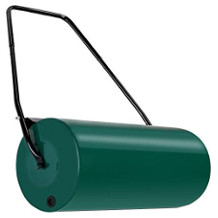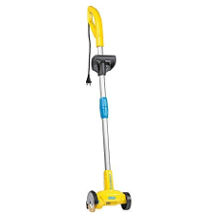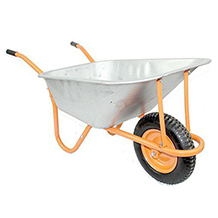Cordless leaf blower purchasing advice: how to choose the right product
- The most important facts in brief
- Cordless leaf blowers are ideal for quickly and effectively removing autumn leaves and other debris.
- Most models are designed to be both a leaf blower and a leaf vacuum.
- When buying a cordless leaf blower, consumers should pay particular attention to the range of use, performance and volume.
The battle against falling leaves
The days are getting shorter and cooler, it is raining more often and the leaves on the trees are taking on their autumn colours. When the colourful autumn leaves eventually fall to the ground and especially onto the well-kept lawn, the enthusiasm of most garden owners is kept within manageable limits. Compact battery-powered leaf blowers are often used to combat this unwanted flood of leaves.
Making work easier with battery operation
For many people, a walk through a colourful autumn forest is a romantic idea. In one’s own garden, however, the decorative autumn leaves quickly become a nuisance and are therefore rather associated with a lot of work for most garden owners. Collecting the leaves with a rake takes a very long time and, in the case of larger plots, can certainly lead to blisters forming on the hands.
A leaf blower makes the tedious work easier and shortens the tedious work considerably. It blows the leaves scattered all over the garden into a neat pile in no time and without much effort. This can then be collected and disposed of or left on site. The latter is now preferred by many environmentally conscious people, as insects, hedgehogs and other small animals can find a home here.
Most cordless leaf vacuums are convertible and can thus also be used as leaf vacuums. Some have an integrated shredder function for space-saving shredding of the collected leaves. The following buying guide summarises which cordless leaf blower is the right choice and what should be considered when buying a new device.
Different types of cordless leaf blowers
A motor in the housing of the battery-powered leaf blower drives the fan, which transports the leaves to the desired location with a stream of air. It can then be collected without any problems. Alternatively, it remains in the garden as a pile of leaves and serves as a home for hedgehogs and other creatures. The leaf blower blows up the leaves lying on the ground, while the leaf vacuum sucks them up and collects them in the collection bag. Leaf blowers are available from different suppliers as petrol or electric versions. Compared to the more powerful petrol leaf blowers, the battery-powered models offer the decisive advantage that they are much quieter and more compact.
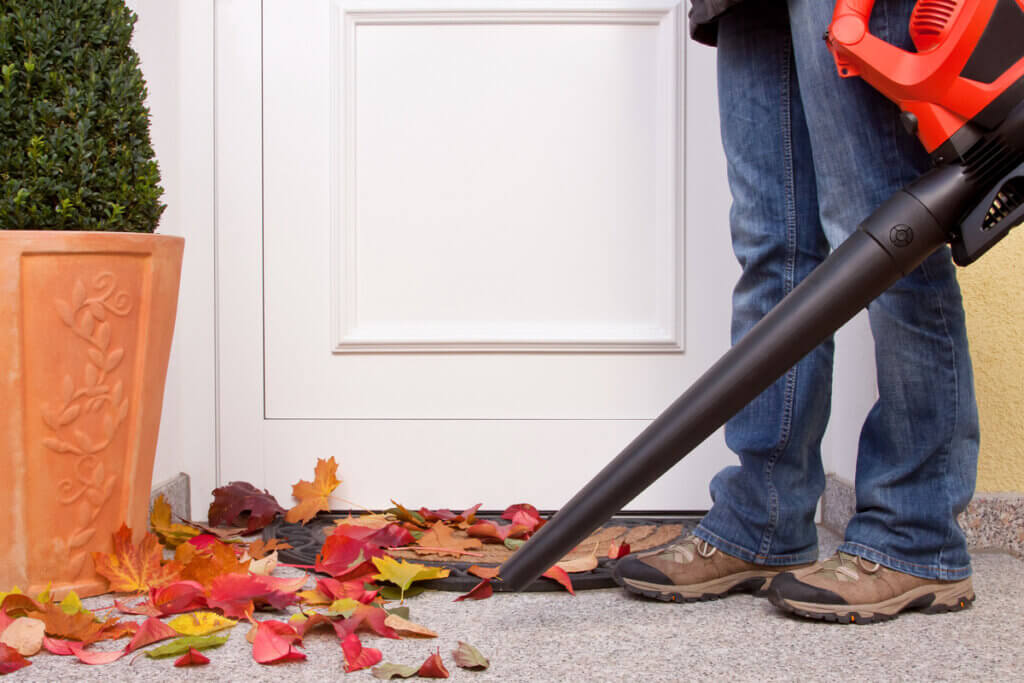
The terms leaf vacuum and leaf blower are often used interchangeably, as most devices on the market offer both functions. Many of these battery-powered leaf blowers must first be converted for a change of function, but with some devices this is somewhat easier and quicker with an integrated switch lever. Some devices also have a shredding function and can shred the leaves they suck up. Depending on the power, cordless leaf blowers are suitable for different purposes, so it is worth taking a look at the advantages and disadvantages of different model variants.
Representatives of the 20-volt class – handy and compact
In the 20-volt class, there are good tools that can be operated with one hand. They are compact and handy, but due to their low power they are not suitable for more demanding work. If, for example, a gravel surface is to be cleaned by air flow, small compact units quickly prove to be too weak. In general, however, they are well suited for removing dry leaves from dry surfaces.
Pro points
- Favourable purchase price
- Handy and compact
- Lighter than larger units
- Can be operated with one hand
Drawbacks
- Not recommended for larger gardens
- Somewhat underpowered
Who are the handy models suitable for?
Due to their low power, these models are not suitable for removing stubborn and stuck dirt. However, they remove loose leaves effortlessly, so they are well suited for small gardens and for removing dry leaves from pavements and yard areas. Because they are light and compact, they can also be used by people for whom larger devices are too heavy and unwieldy.
Powerful cordless leaf blowers up to 40 volts or more
The cordless leaf blowers in the class up to 40 volts or more offer significantly higher power and produce a stronger air flow that can also be used to clean gravel surfaces. The higher power is clearly noticeable during cleaning operations, and even stubborn dirt can usually be removed easily with this model. Many devices in this performance class have a blowpipe that is variably adjustable in length.
Pro points
- Also suitable for larger areas
- Powerful
- Many models with adjustable blowpipe length
Drawbacks
- More expensive than the smaller units
- Somewhat larger and heavier
For whom are powerful leaf blowers suitable?
In addition to dry leaves, the powerful devices can also remove wet leaves, fresh pine needles and stubborn dirt. Cleaning larger gravel areas is much easier with these models and they are ideal for larger gardens. Because they are larger and heavier, using them over a longer period of time requires more effort compared to the smaller models.
Quick change: Combi models with switch lever
If the leaf blower needs to be converted into a leaf vacuum, the changeover can be made in no time at all with the help of a switch lever. However, the combi models are relatively cumbersome and heavy, and they also offer noticeably less power. In most cases, the redirection of the air flow leads to a drop in performance, and in some cases the redirection flap does not close tightly and air escapes.
Pro points
- Practical combination model
- Versatile use
- Quick and easy deflection via deflection lever
Drawbacks
- Heavy and cumbersome
- Lower performance
- Power loss possible
- Occasional problems with the diverter valve
For whom is a model with a switch lever recommended?
A combination model with a switch lever is recommended if you frequently switch between the different functions during use. The switch lever saves multiple conversions and thus makes work easier.
With changeover lever: Battery leaf blower without switch lever
Unlike the combi models, these units do not have a practical switch-over lever. One advantage, however, is the much lighter and slimmer design, so many models can be operated with one hand without any problems. They are powerful and can also pick up fresh leaves or quickly clean a gravel surface.
Pro points
- Also suitable for larger areas
- Powerful
- Easy handling
- Better ergonomics
Drawbacks
- Manual conversion required
For whom is a combi model without a switch lever suitable?
If the suction function is only rarely used and a battery-powered leaf blower with high performance is needed, a device without a switch lever is a good choice. The conversion is quick and easy and can usually be done in no time at all. In addition, these models do not suffer from a drop in performance compared to cordless leaf blowers.
Protecting beneficial insects
According to the German Nature and Biodiversity Conservation Union (NABU), the unrestrained use of a leaf vacuum is very harmful to beneficial insects and small animals such as frogs or small hedgehogs. The strong suction severely harms the animals and an additional shredding function seals their fate. For the garden, this destruction of useful animals can result in the long-term interruption of humus formation, which inevitably leads to soil impoverishment.
Important purchase criteria and selection factors
When looking for a suitable leaf vacuum, consumers are confronted with a wide variety of models. There are models from well-known manufacturers and low-priced no-name products, different drive types and other selection factors. The following list shows which criteria are relevant when making a purchase decision:
The type of drive
The most powerful models are leaf blowers with combustion engines. However, these devices are very loud and produce harmful exhaust fumes, which is why they are very unpopular in residential areas and therefore less suitable for private users. Corded electric leaf blowers are emission-free and much quieter. However, they have a much shorter range due to the cable. An optimal combination of flexibility and reduced noise is found in the compact battery-powered leaf blowers.
The power
Battery leaf blowers with low power are usually perfectly adequate for sporadic use against dry leaves. However, for larger properties or for cleaning gravel areas, models with more power are much more recommendable.
Size and weight
The size and weight of a cordless leaf blower are usually directly related to the power of the device. Devices with higher power are usually larger and heavier. On average, the weight of most devices is between 1.5 and 3 kilograms. A unit with a higher weight cannot usually be used with one hand. When looking at the manufacturer’s specifications with regard to weight, it is important to check whether the battery has also been taken into account.
The volume
Battery-powered leaf blowers are usually much quieter than the discredited petrol models, but they are not really quiet. Depending on the manufacturer and model, the volume of a cordless leaf blower is between 60 and 90 decibels. Some devices even reach 100 decibels and thus approach the volume of a jackhammer (around 110 decibels). For the sake of good neighbourliness, a battery-powered leaf blower that is as quiet as possible is much more recommendable.
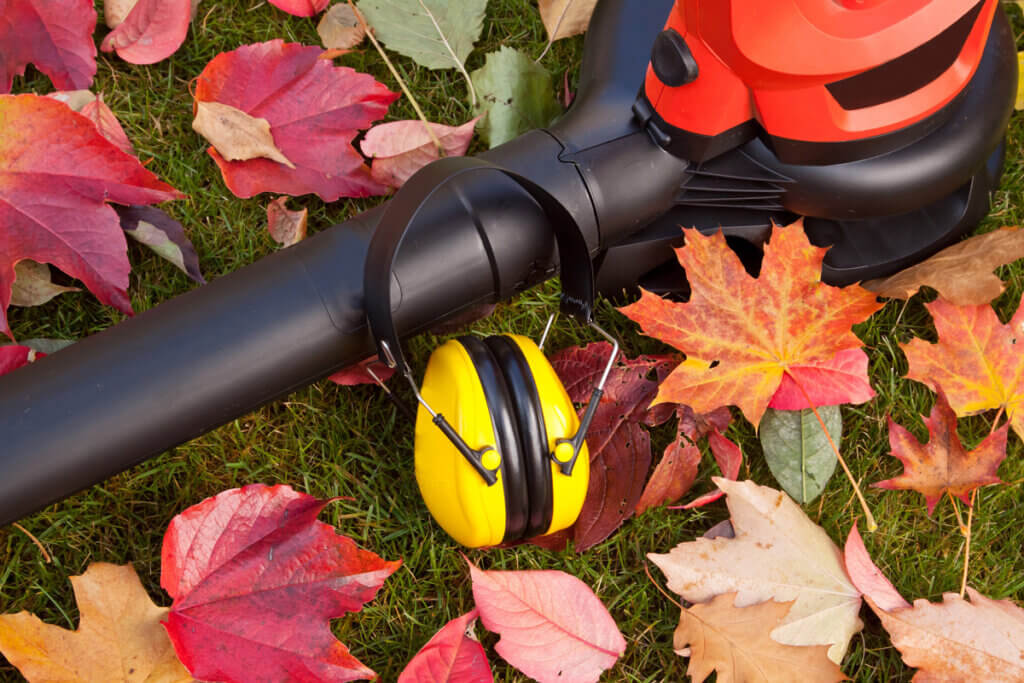
The adjustability
With many units, the airflow speed can be regulated continuously. This offers a better adjustment to specific requirements.
Battery power
Depending on the manufacturer, the battery power can vary, so it is always worth taking a look at the product description. In general, it makes sense to purchase a second battery that can be used in case of doubt when the first battery is empty. This additional accessory can usually also be used for other cordless garden tools from the respective manufacturer.
The collection bag
If the cordless leaf blower can also be used as a leaf vacuum, a collecting bag is part of the basic equipment. The collection bag should have a volume of 40 to 60 litres so that it does not have to be emptied constantly during use. A catch bag with a zip is practical because it can be emptied and closed again quickly.
Usage times
Like lawn mowers and garden shredders, cordless leaf vacuums are relatively noisy, which is why the use of these garden tools is only permitted at certain times. According to the Equipment and Machinery Noise Protection Ordinance (32nd BImSchV), most motorised gardening equipment may not be used in noise-sensitive areas such as residential areas at night (from 8 p.m. to 7 a.m.) or on Sundays and public holidays. Leaf blowers are also subject to even stricter regulations; according to the Federal Environment Agency, the operating hours are even more restricted here. Since many municipalities have different regulations, you should contact the responsible local authority before using the battery-powered leaf blower.
Impending fines for non-compliance
If the specifications regarding the times of use are not observed, this often arouses the displeasure of the neighbours and complaints are made. In the worst case, disregarding the prescribed hours of operation can be considered an administrative offence and be punished with a fine. The basis for this is Section 117 of the Administrative Offences Act, according to which a violation can be punished with a fine of up to 5,000 euros.
Tips on maintenance and care
In principle, the cordless leaf blower should be cleaned thoroughly after each use. As the individual models can differ, it is advisable to take a look at the instructions for use, as they usually contain precise information on optimal cleaning.
As a rule, light dirt can simply be wiped off with a damp cloth. In general, electric and cordless leaf blowers are much easier to clean than petrol devices. After each use, the collection bag should be thoroughly emptied and checked for possible damage. It should be completely dry before storage to prevent mould from forming. In the case of a device with a shredder function, regular cleaning of the shredder disc is also indispensable.

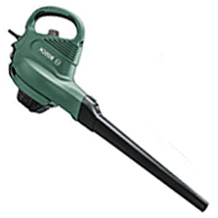
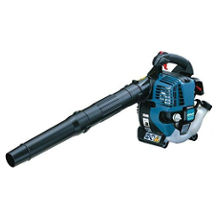
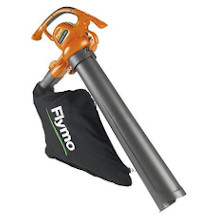
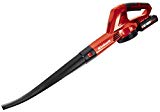
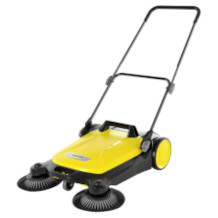
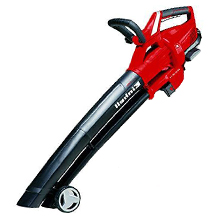
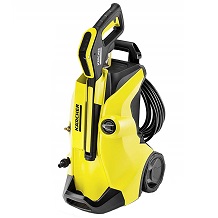

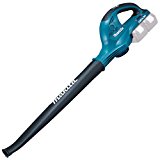
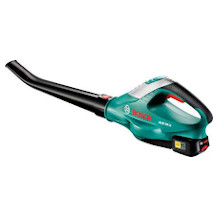
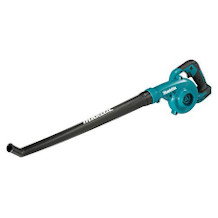
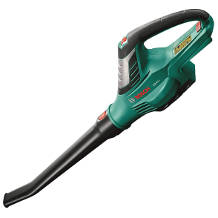

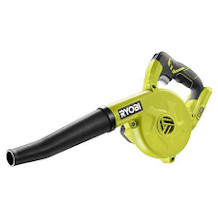
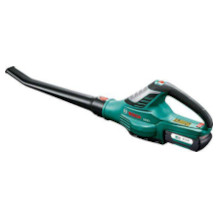
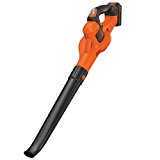
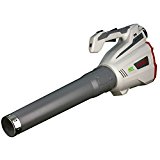
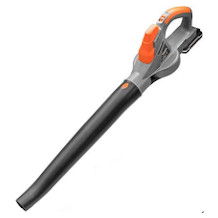
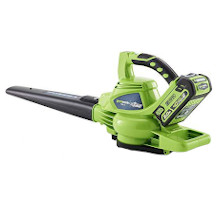
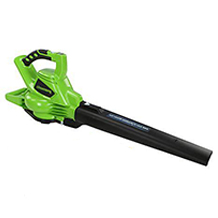
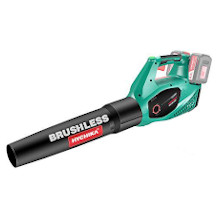
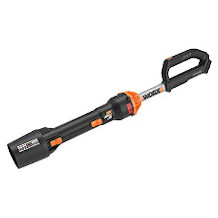

 6,897 reviews
6,897 reviews


